Different Types of Watercolour Paper
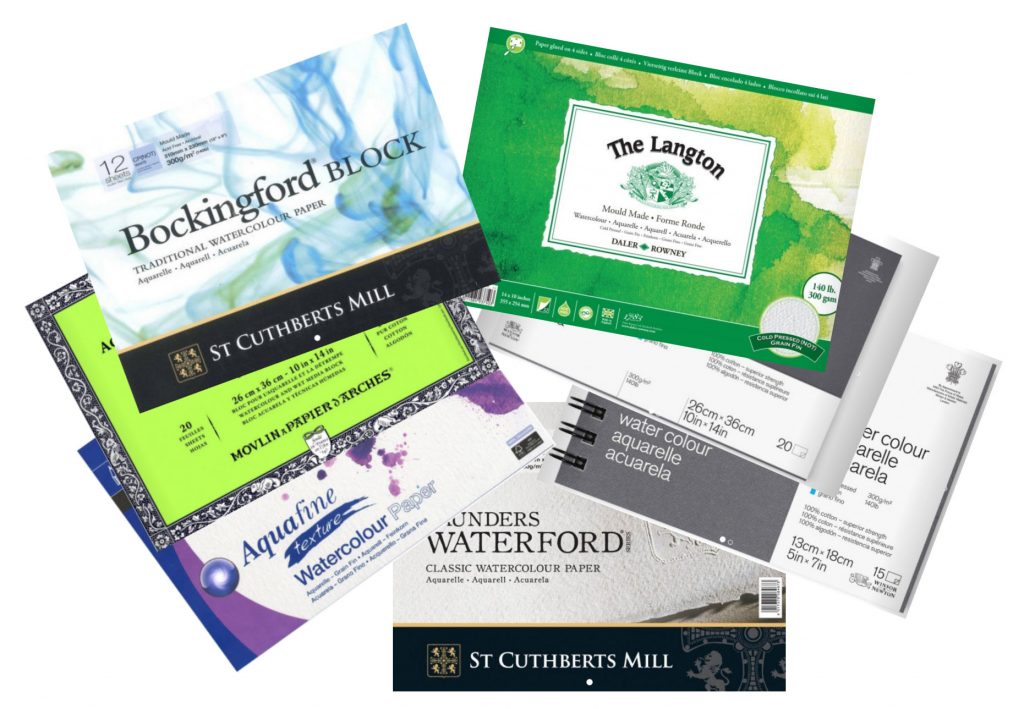
There are so many types of watercolour paper. In turn, they vary in thickness, size, quality and texture. Each one will have its own unique properties. In addition, each will react individually to the application of paint and water on the surface. There are many makes out there from Frisk, Arches, Winsor & Newton, Saunders Waterford and many more. My personal preference is Bockingford *. This is mainly because I am used to how it reacts with the paints. Of course it is always tough to replace a tried and tested favourite!
Paper Surfaces
There are generally three different surfaces to choose from, these are rough, cold pressed (NOT) and hot pressed.
Rough – This is the type of paper to use for a loose style of painting. You will find many landscape artists use this. It actually helps them create interest within their paintings. For instance by dragging a nearly dry brush across the texture of the paper a bumpy, broken effect is created. This is great for landscapes.
Hot Pressed – This is very often a preferred choice for botanical and wildlife artists. The surface means you can add the finest of detail with the smallest of brushes. A very smooth paper for those finer paintings, created, as its name suggests, by running the paper through hot rollers.
Cold Pressed – This paper sort of sits in the middle and has a medium texture and is ideal for those finer marks. However, it has the addition of a slightly textured effect. I do find this better for large washes and is my preferred paper choice
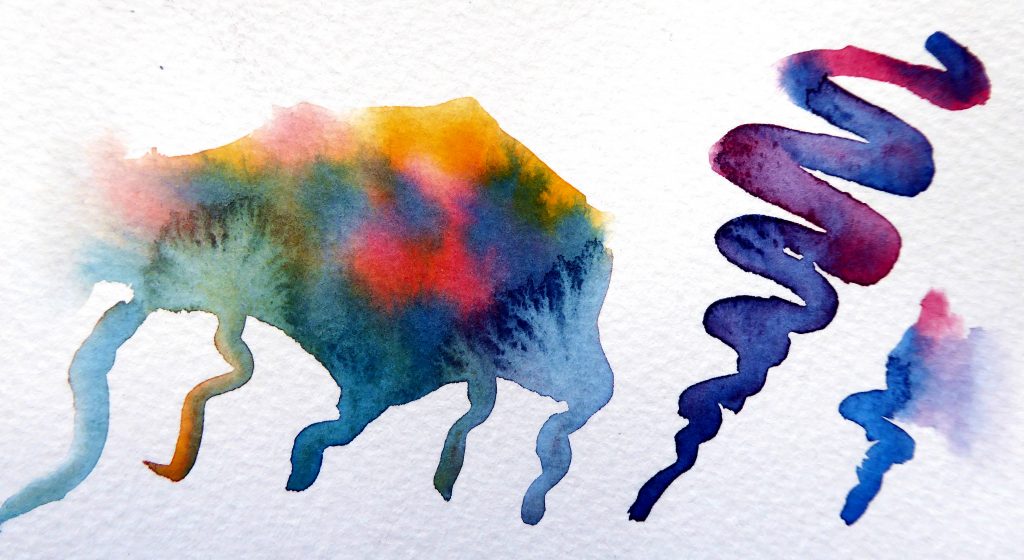
Paper Ingredients
There are generally two different types of watercolour paper used by artists one made from wood pulp and the other made from cotton. Cotton is the most expensive as the excellent fibres give you a lovely surface to work on. Wood pulp papers are usually machine made resulting in a repetitive pattern texture. Whereas the cotton papers are mould made using a cylindrical roller which give the paper a more random but even texture.
There are choices from loose paper which may need stretching if used for large washes to spiral bound. Or my favourite block pads, which are glued all the way around. There is just a small gap where you can slice the paper off from the pad using a palette knife.
Paper Sizing
This doesn’t refer to the actual size of the paper as that’s another topic! Sizing is the solution which is added to the paper to stop it acting like blotting paper. It thus allows the paint to remain on the surface.
The mid to top range papers have a gelatine added to the mix at the pulp stage, this type of sizing goes all the way through the paper. Whereas, wood pulp papers very often have the sizing added on to the top of the surface after the paper is made.
Weights of Paper
Paper is usually measured in pounds (lbs) or grams per square meter (gsm). 140lb and 300lb weights are the most preferred by artists. The 300lb doesn’t normally need stretching, is much thicker but also much more expensive! The general rule is that any papers under the weight of 200gsm will generally need stretching.
Your paper will need to withstand multiple washes and removal of paint. A good watercolour paper can withstand this sort of brush and liquid abuse. Whereas cheaper end papers can tend to fall apart on the surface.
Stretching Paper
You would normally start by soaking your paper for a few minutes in a bowl or even a bath tub depending on the paper size. The actual time you do this for requires a bit of guess work. For example, I have soaked an A4 sheet for approximately 4 minutes which worked well. But with all the different types this will vary depending on brand.
There are quite a few ways you can stretch watercolour paper, you can use a commercially made stretcher. Indeed, this works really well by anchoring down the wet paper on all four sides (a good investment). Another method is after wetting the paper to place it down onto a piece of thick board. Next gently use a soaked sponge to lightly take out any bubbles underneath. Finally, tape the paper down with gum tape and add a few staples around the edge. Alternatively you could try making your own paper stretcher.
So there you go, that’s a little something about different types of watercolour paper. I hope it has been useful for you.
At the end of the day I always say ‘buy the best you can afford’ which is the same for the paints you use. Get used to the brand but don’t be afraid to try something new or swap with a friend and see if you prefer it. You never know where your next favourite will come from!
Do you stretch your own papers what method do you use?
Until the next time, keep those brushes wet! Paul
* I may earn a small commission at no extra cost to you from these links
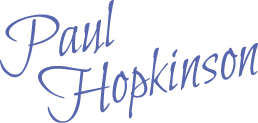
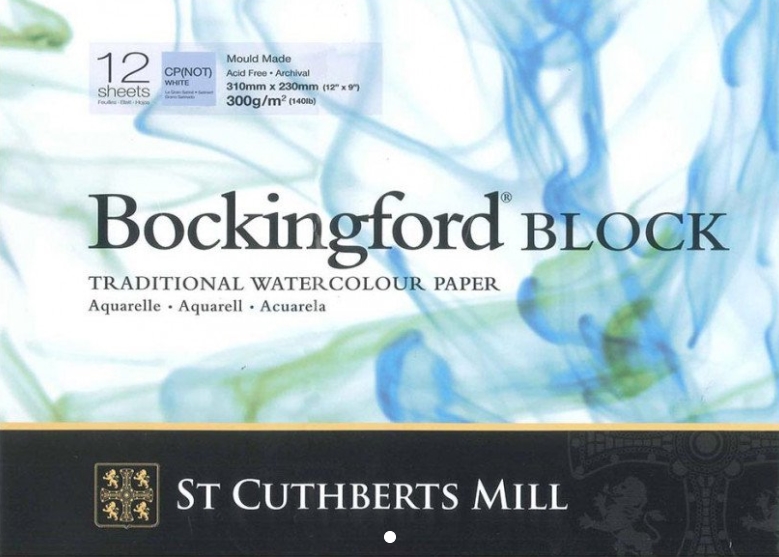
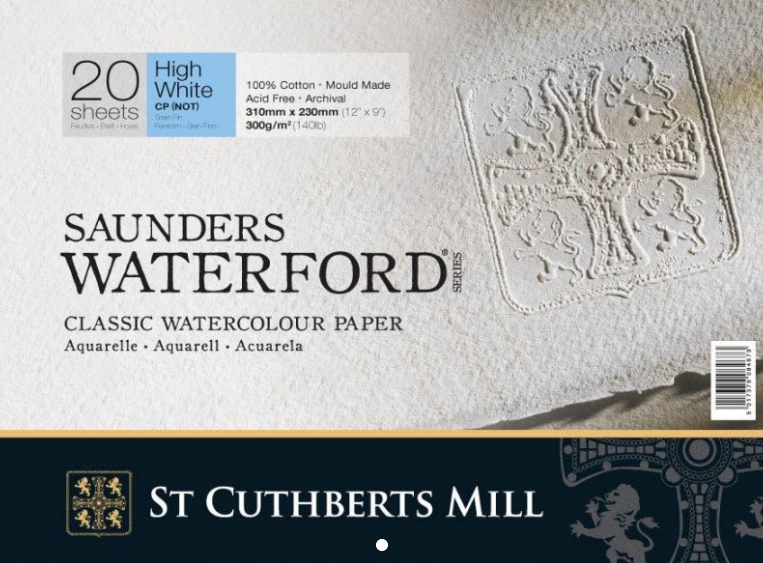
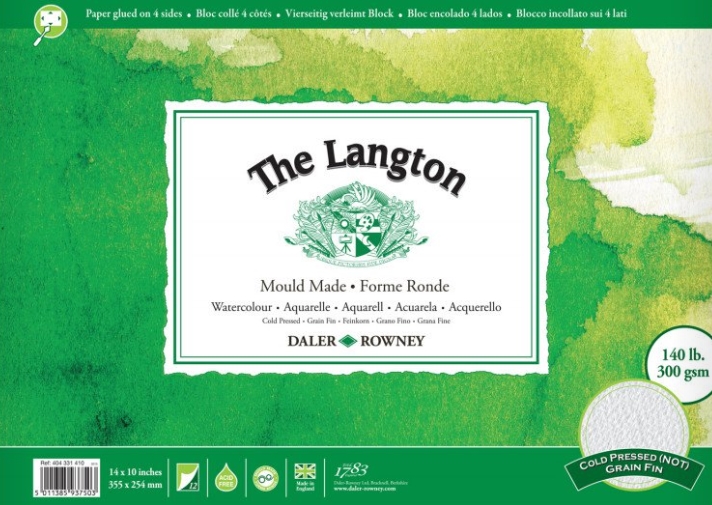
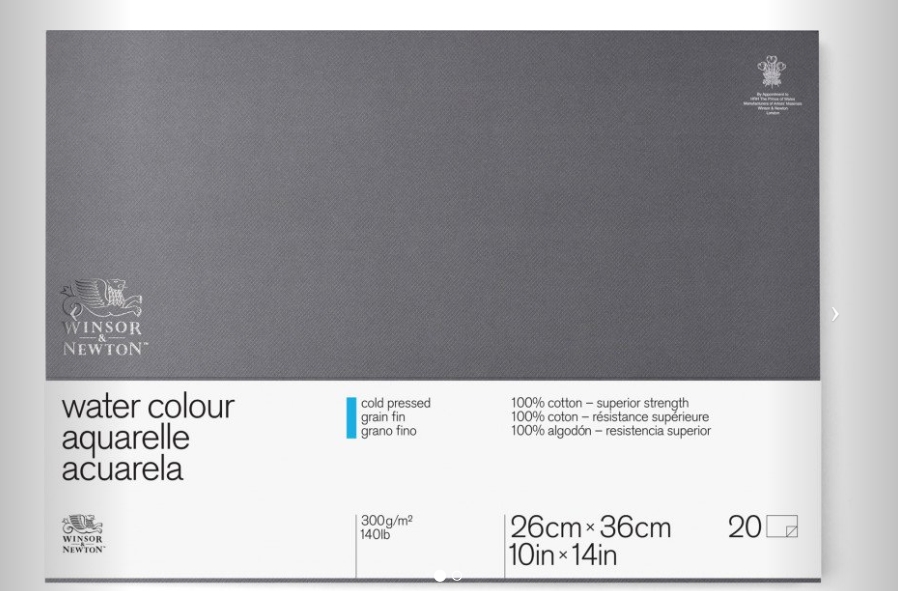
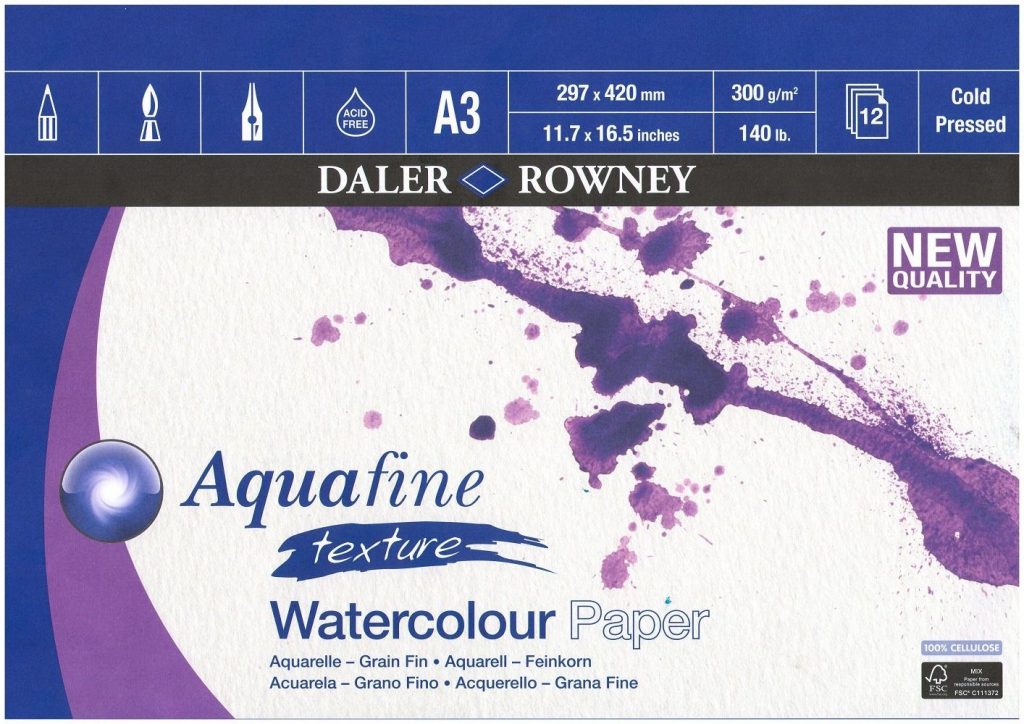


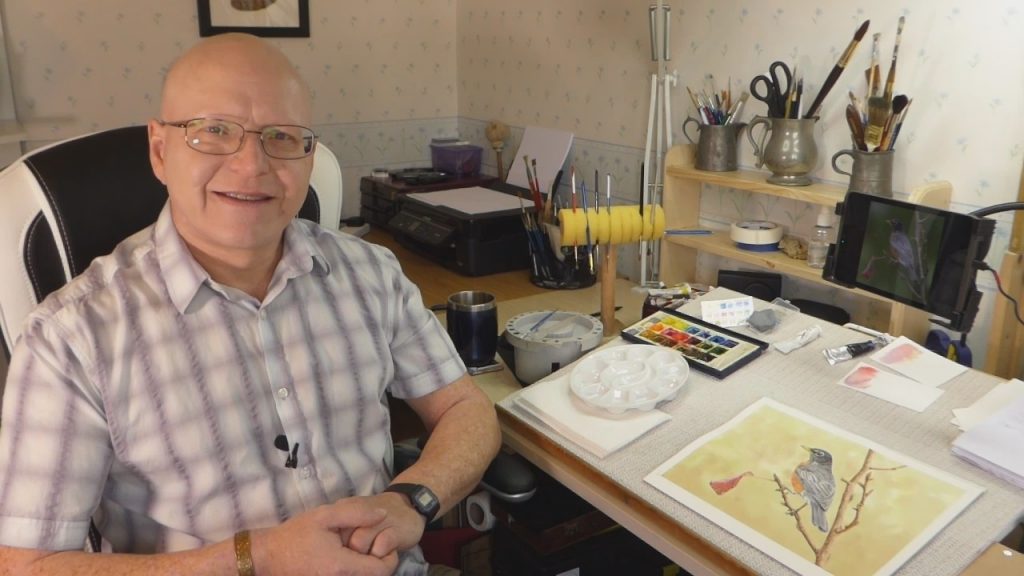


8 Responses
I must confess this kind of complexity leaves me feeling I still have so much to learn. On my very tight budget it’s not easy to experiment, either. But it’s all good to know and thanks for the post
Not a problem at all, if you know other artists who use different papers, see if you can do a sheet swap. Also email companies to see if they have free paper sample packs so you can test our various papers. 🙂
Great info however I always go back to Arches 140 lb Cold Pressed…seems to work the best for me…
Thank you Susan, this is just it isn’t it; we all have our favourites and what works for one person won’t necessarily work for another. Glad you have a product which suits your needs. 🙂
Hi Paul, A very interesting topic. I use Daler Rowney Aquafine 300gsm NOT surface. I stretch my paper using an Otto paper stretcher which I purchased from the USA. I wet my paper thoroughly in a st/st baking tray. Brush the water onto the back and let it soak for a minute. Then turn it over and this time I spray the front with a solution of Gelatin/Water. Brush it over the surface before securing in my stretcher. I find the extra sizing on this grade of paper makes for better water handling. Bonus, it seals the pencil lines before painting. Also since I’ve used your method of removing masking fluid it doesn’t tear the paper surface.
Thank you very much Paul, it’s interesting to hear different ways of doing things. I do like the idea of adding extra sizing to the paper whilst soaking in the water. I have seen the Otto paper stretching on the internet, in fact I did watch a video on YouTube some time ago regarding them, they do look very good and easy to use as well. 🙂
Very inspiring but never be good art at watercolours but like things go
Thank you very much Vicky.